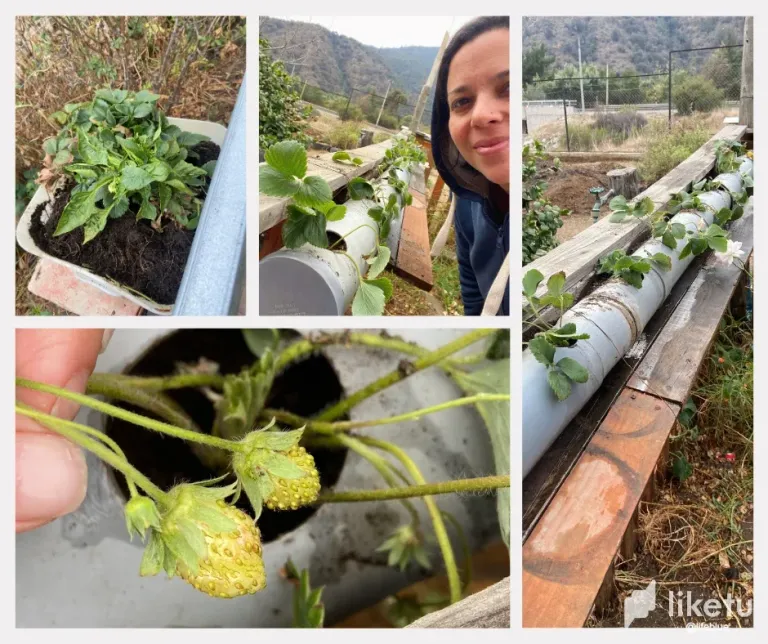
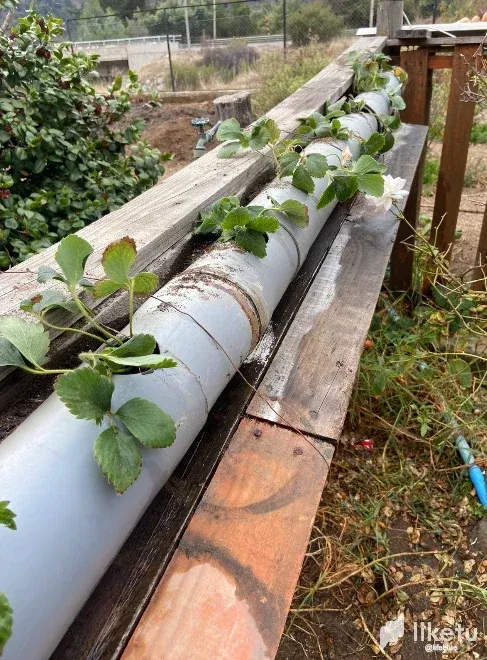
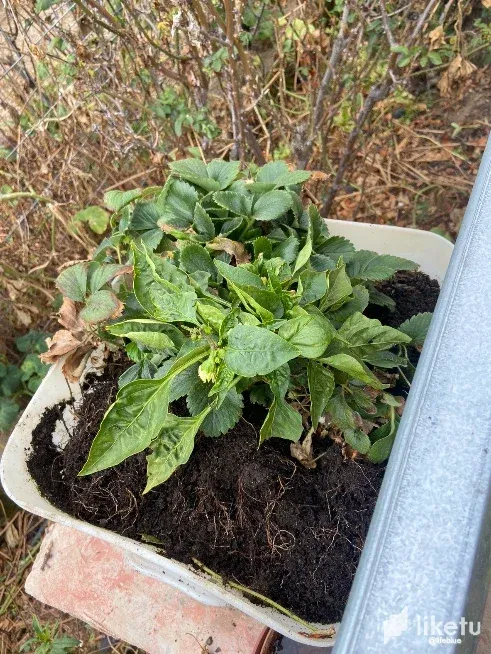

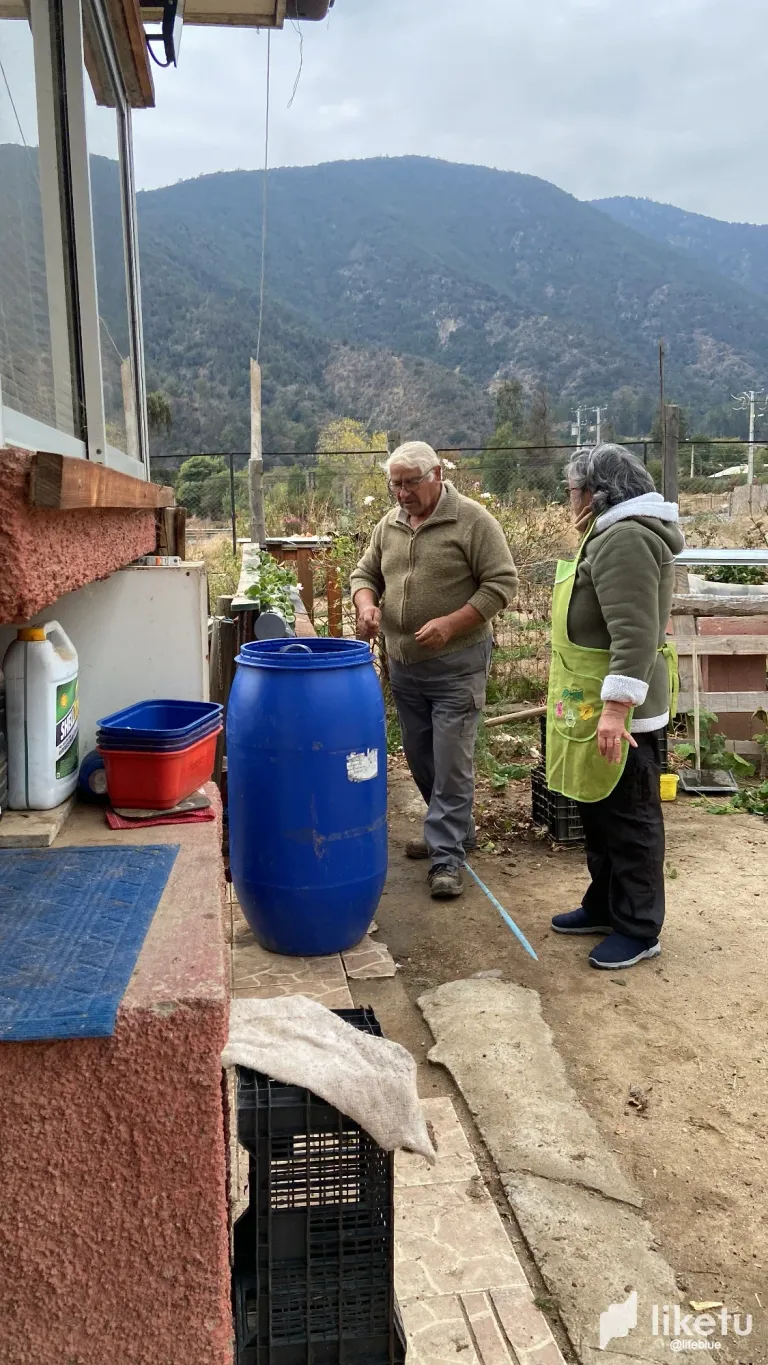
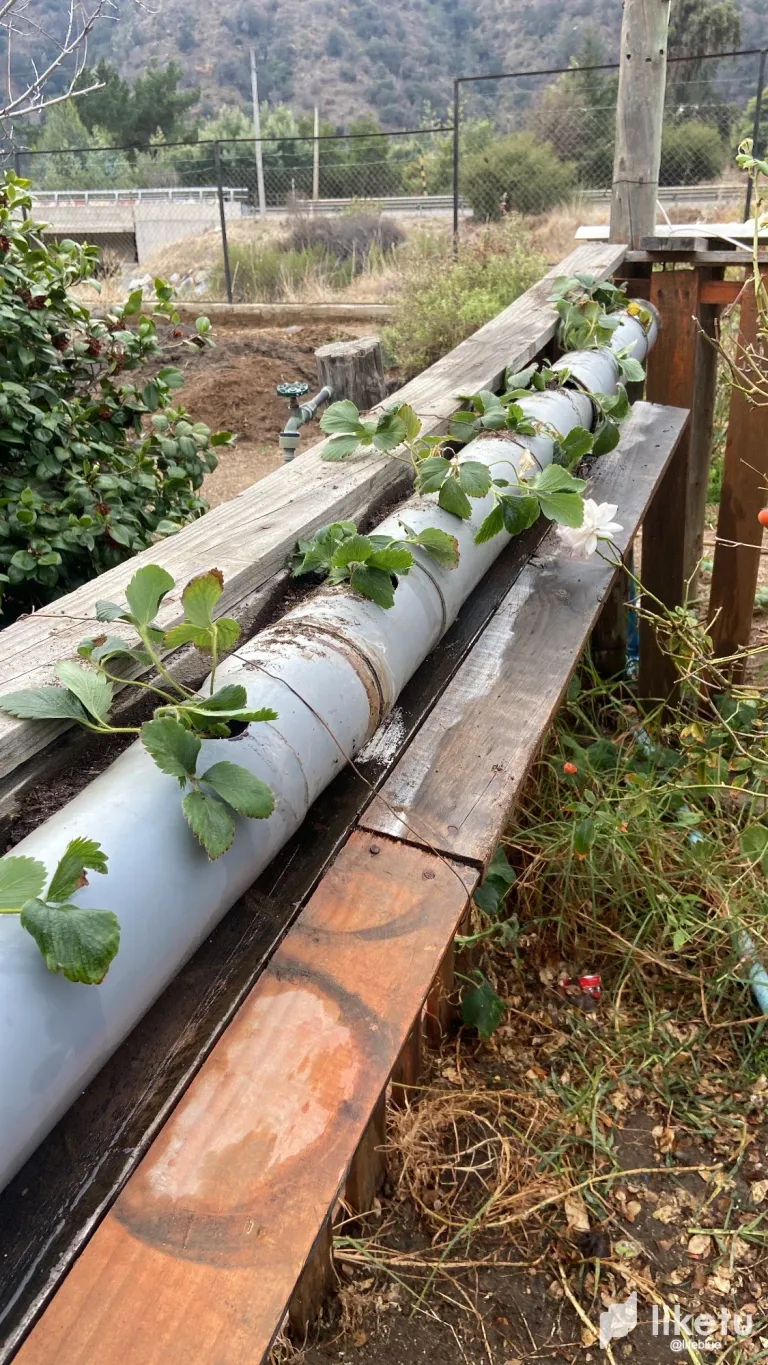
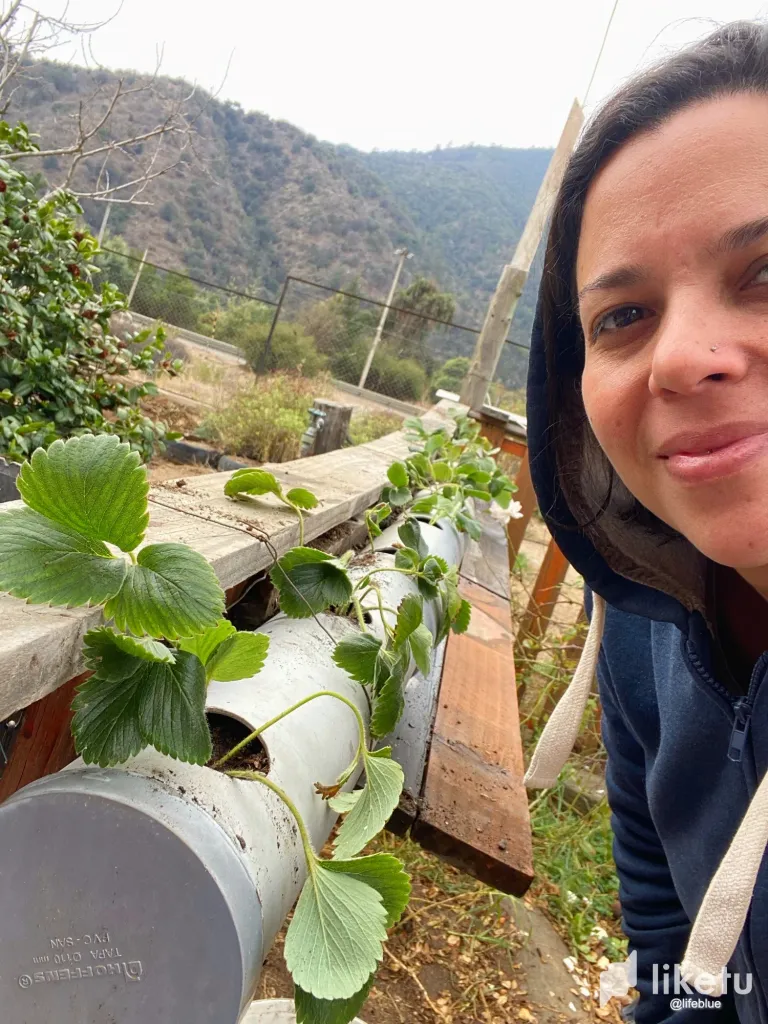
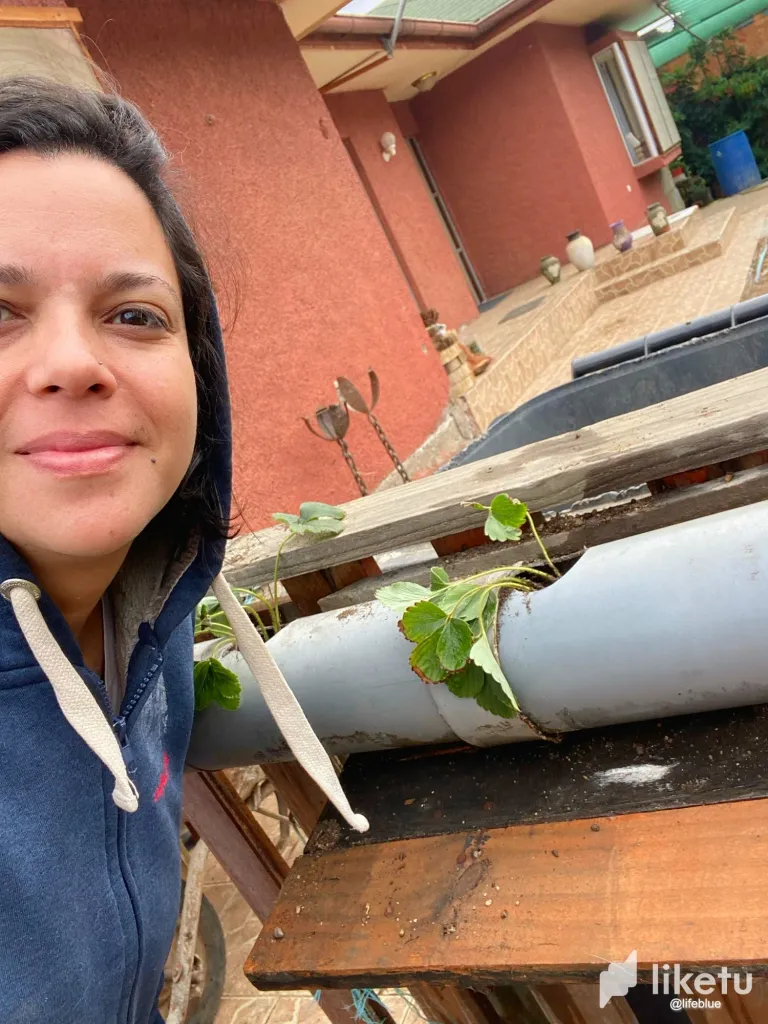

ENG
Being here in Chile, I have learned to love nature more and to like to grow fruits or some vegetables. Among those are strawberries, or frutillas as they are called here in Chile. Some artisanal or home methods I have learned over time. For example, I have learned how to grow almonds, walnuts and even apples.
Some time ago, when I lived in this house on a plot of land, in a fairly rural area, I was able to plant and harvest tomato plants on several occasions. I noticed in fact that when winter began to set in, some of them would come up by themselves from some pots or parts where there was good soil with compost. That soil was partly composed of chicken waste, and since they ate tomatoes, they used to throw away the seeds and their waste is a good fertilizer.
Now it was my turn to learn how to plant several children of strawberry plants. The method is quite practical and is with recyclable materials. All you need is a 10 cm sewage pipe, a drill cup with which you open the holes to put the door knobs of about 5 cm, soil and some children of strawberry plants.
The holes are opened to the tube every 30 cm approximately, blind caps are placed at the ends and also, with a screw, small holes are opened on the opposite side which would be the bottom, this, so that the water that does not need to absorb does not stagnate. Then pour soil through the holes, trying to fill it well so that it does not run with the water and the plants fall out. Then the plants are placed firmly and the soil is added until it is fixed. At the end, we put enough water until it overflows and leave them there so that they can adapt to their new habitat. Then we have to wait for our delicious fruits!
I hope you liked it and want to do it at home... greetings.
ESP
Estando acá en Chile, he aprendido a querer más la naturaleza y a gustarme más la siembra de frutas o algunos vegetales. Entre esos, están las fresas, o frutillas como las llaman en aquí en Chile. Algunos métodos artesanales o más de hogar he aprendido a lo largo del tiempo. Como por ejemplo, he aprendido cómo son los árboles de almendras, nueces y hasta los de manzana.
Hace un tiempo, cuando vivía en esta casa en un terreno, en una zona bastante rural, pude sembrar y cosechar en varias oportunidades plantas de tomates. Me di cuenta de hecho que cuando se empezaba a ir el invierno, algunas salían solas de algunos maceteros o partes donde había buena tierra con abono. Esa tierra era compuesta en parte por desechos de gallinas, y ellas como comían tomates, pues solían botar las semillas y sus desechos son un buen abono.
Ahora me tocó aprender a plantar varios hijos de plantas de fresas. El método es bastante práctico y es con materiales reciclables. Solo basta tener un tubo de esos de aguas residuales de unos 10cm, una copa de taladro con la que se abren los huecos para poner los pomos de las puertas de unos 5 cm, tierra y unos hijos de plantas de fresas.
Se le abren los huecos al tubo a cada 30 cm aproximadamente, se lo colocan tapas ciegas por los extremos y además, con un tornillo, se le abren huecos pequeños por el lado opuesto que sería el de abajo, esto, para que no se estanque el agua que no necesitan absorber. Luego de le echa tierra por los huecos, tratando de llenarlo bien para que luego no se corra con el agua y se caigan las plantas. Luego se ponen bien firmes las plantas y se completa con tierra hasta que quede fijo. Al final, le colocamos agua suficiente hasta rebosar y dejamos ahí tranquilas para que se vayan adaptando a su nuevo hábitat. Luego nos queda esperar por nuestros ricos frutos!
Espero les haya gustado y quieran hacerlo en sus hogares… saludos
For the best experience view this post on Liketu